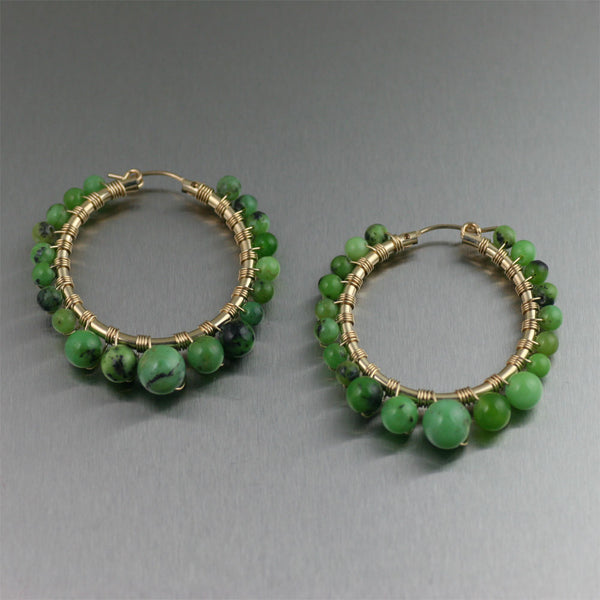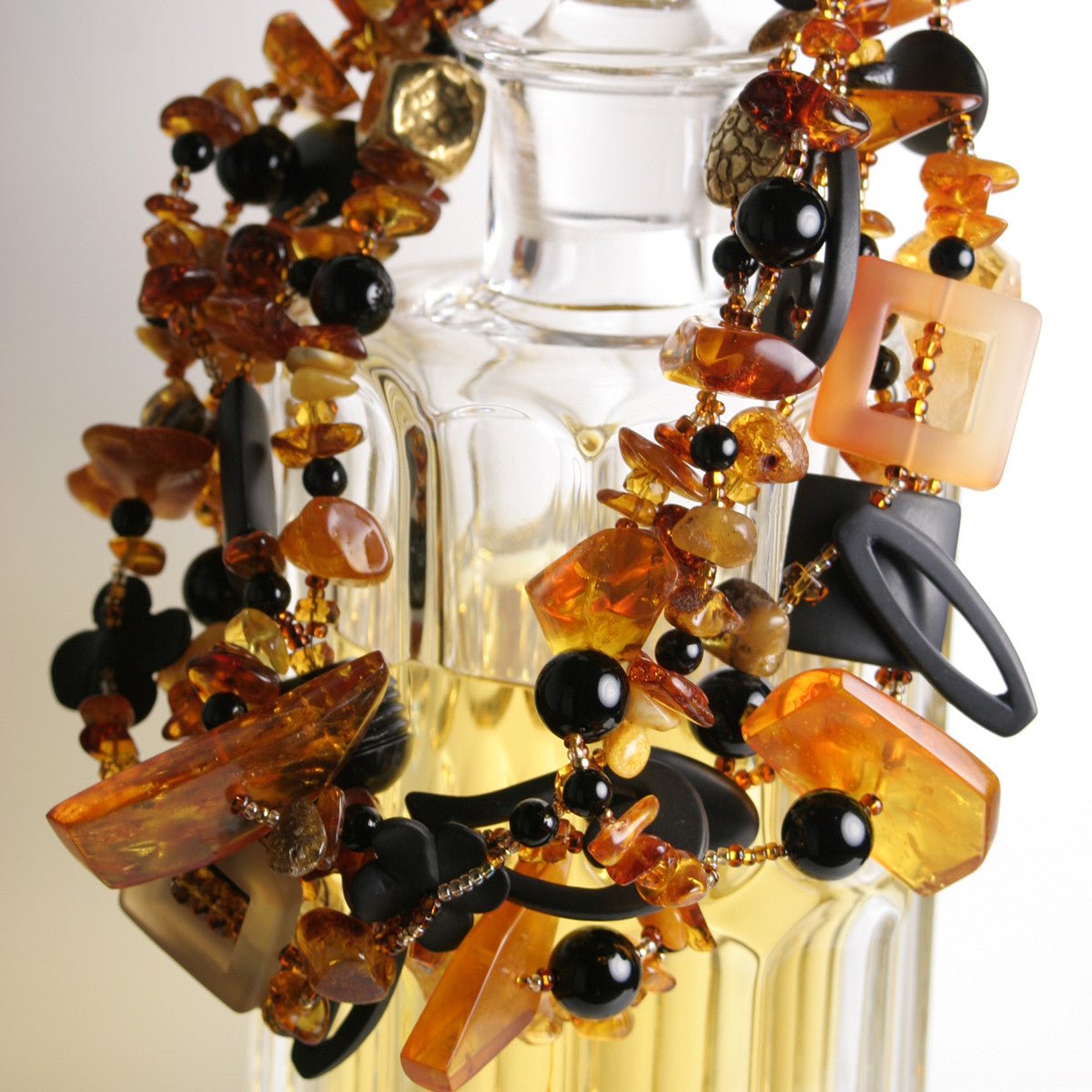Chrysoprase – The Stone of Summer


Chrysoprase (also chrysophrase) is a gemstone variety of chalcedony (fibrous form of quartz) that contains small quantities of nickel. Its color is normally apple-green, but varies to deep green. It is cryptocrystalline, which means that it is composed of crystals so fine that they cannot be seen as distinct particles under normal magnification. This sets it apart from rock crystal, amethyst, citrine, and the other varieties of crystalline quartz which are basically transparent and formed from easily recognized six-sided crystals. Other members of the cryptocrystalline quartz family include agate, carnelian, and onyx. Unlike many non-transparent members of the quartz family, it is the color of chrysoprase, rather than any pattern of markings, that makes it desirable. The word chrysoprase comes from the Greek chrysos meaning 'gold' and prason, meaning 'leek'.

Due to its comparative scarcity and pleasing green color, chrysoprase is one of the most prized varieties of quartz. Higher quality specimens often rival fine jade, for which it is sometimes mistaken. Cut into cabochons (smooth domed gems with flat backs for use in jewelry), it can be as sought after as fine amethyst. Its use in jewelry dates back to ancient Egypt, where it was fashioned into necklaces, scarabs, and objects of adornment.
Unlike emerald which owes its beautiful green color to the presence of chromium, the color of chrysoprase is due to trace amounts of nickel in the structure. The nickel reportedly occurs as platelets of the talc-like mineral willemseite. Chrysoprase results from the deep weathering or lateritization of nickeliferous serpentinites or other ultramafic ophiolite rocks. In the Australian deposits, chrysoprase occurs as veins and nodules with brown goethite and other iron oxides in the magnesite-rich saprolite below an iron and silica cap.

The best known sources of chrysoprase are Australia, Germany, Poland, Russia, Arizona, California, and Brazil.
Last weekend at the International Gem & Jewelry Show in San Mateo, California, I was able to obtain some choice cabochons and beads from one of my long time vendors who’s family owns and mines Chrysoprase in Brazil. Chrysoprase has recently become an alternative to turquoise and coral, and is a great accent color for summer wardrobes. I will be posting pictures of rings, earrings, and necklaces featuring this unique gemstone as they are finished.
John Brana
Author
John S Brana, based in San Francisco, is the founder of John S Brana Handmade Jewelry and President of Galleria NuVo, Inc. with over two decades of expertise in crafting distinctive handcrafted pieces. Transitioning from a finance and banking career in 2004, John manages everything from design to marketing. His modern, urban-inspired creations have graced fashion editorials, resonating with stylish, adventurous enthusiasts who value exquisite craftsmanship and luxury. Every piece narrates a distinct tale, mirroring the wearer's individuality.
Also in Gemstone Jewelry Blog
Unveiling the Mystique of Moonstone: History, Geology, and Spiritual Significance
Recent Articles
-
Fine Gemstone Jewelry Throughout the Year
Published date:September 22, 2023
-
June Birthstones: The Allure of Pearls and Moonstones
Published date:June 05, 2023
-
Unveiling the Mystique of Moonstone: History, Geology, and Spiritual Significance
Published date:June 01, 2023
-
The Aquamarine: A Gemstone of Serenity and Courage
Published date:July 22, 2022
-
Your Guide to the Blue Topaz Gemstone
Published date:November 21, 2018
-
Jewelry Must-Have: A Gem-Drenched Necklace
Published date:December 15, 2015
-
Peridot – August’s Birthstone
Published date:August 01, 2014
-
Amber Citrine Crystal Quartz Beaded Gemstone Necklace
Published date:March 10, 2014
-
Amazonite Gemstone Jewelry
Published date:February 18, 2014
-
Blue Chalcedony White Coral Necklace
Published date:February 13, 2014



